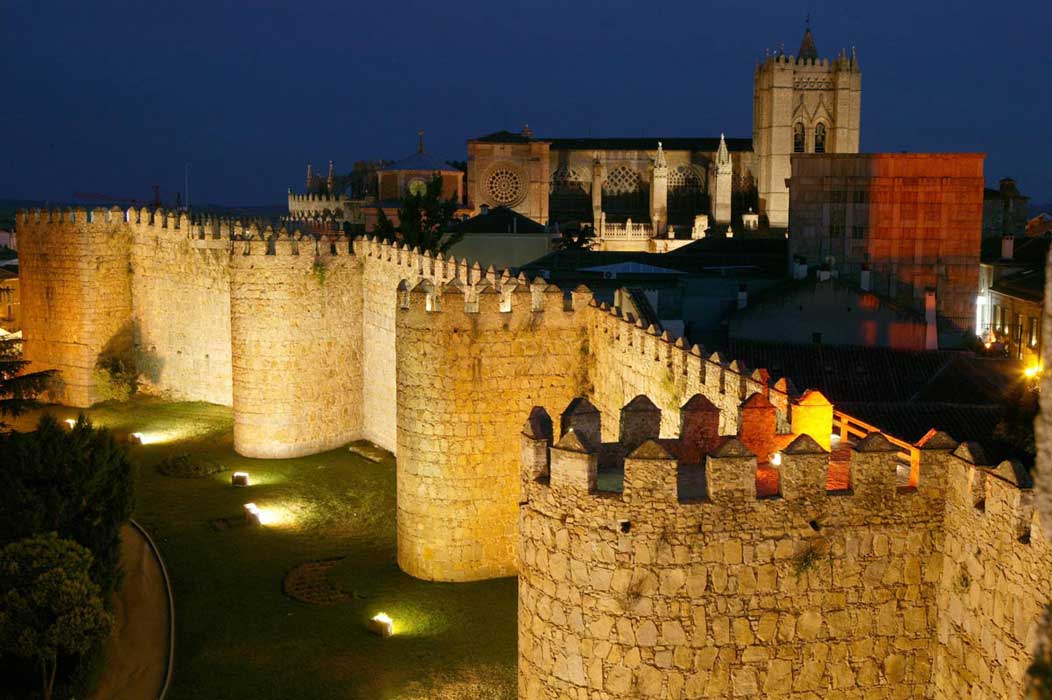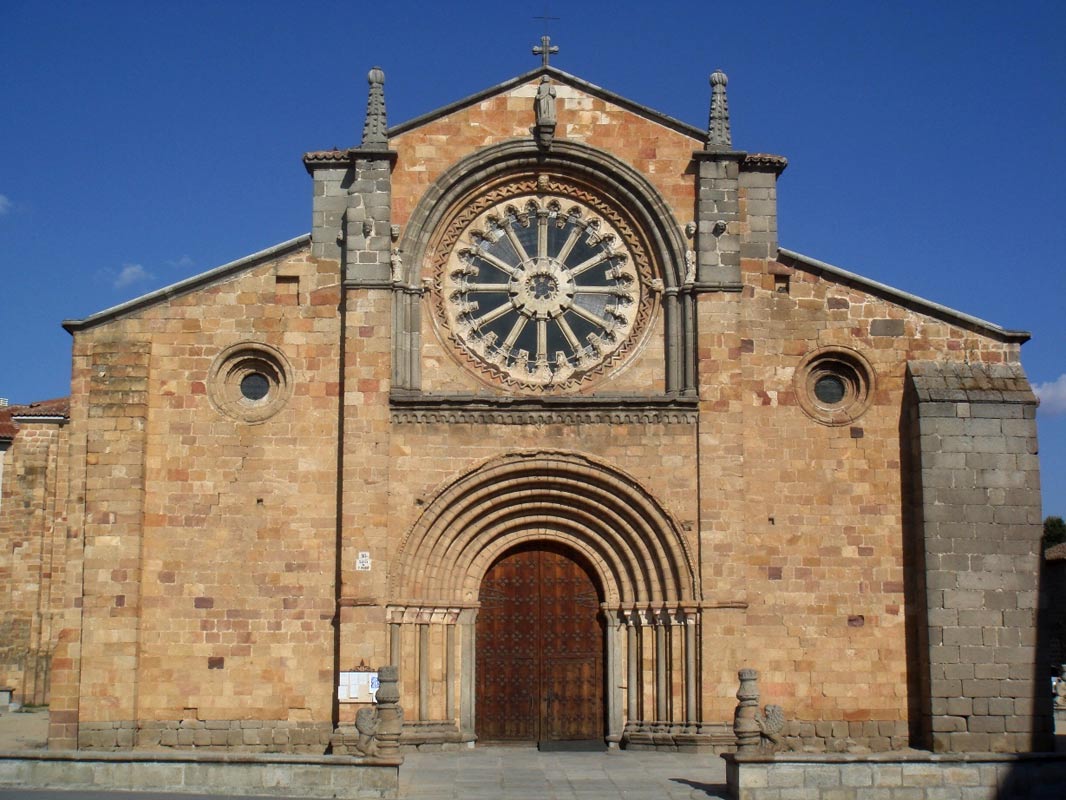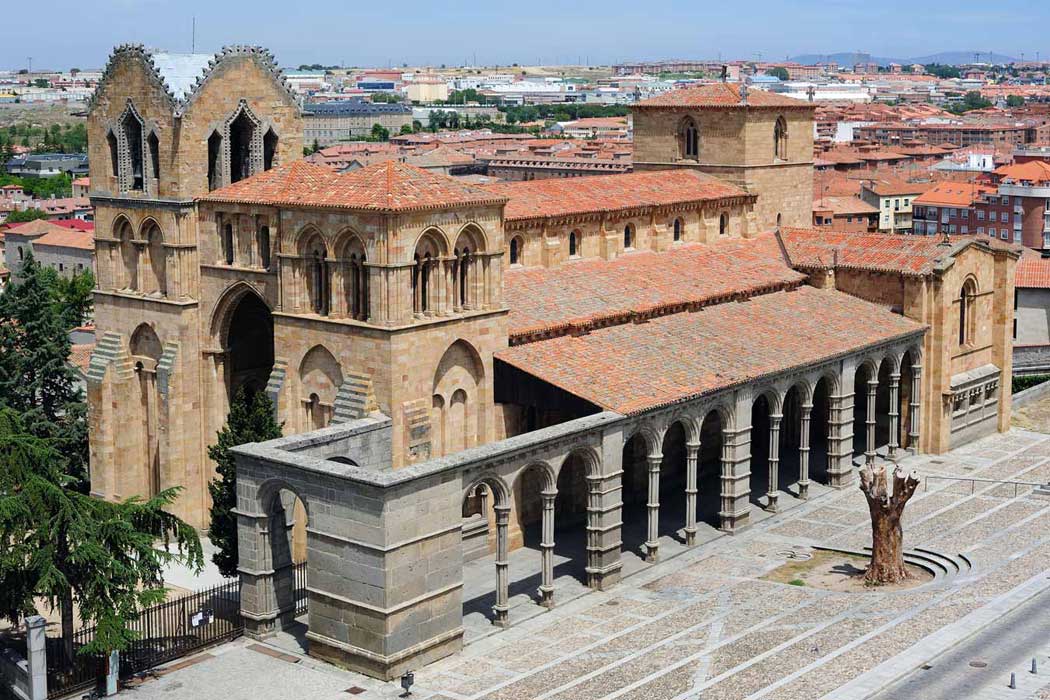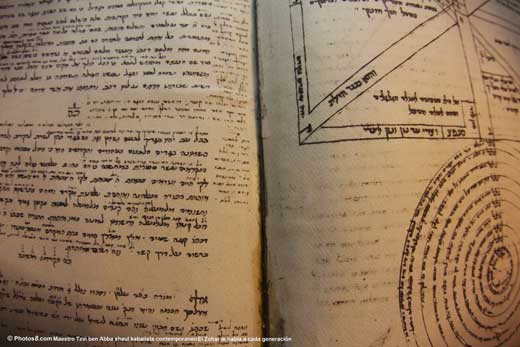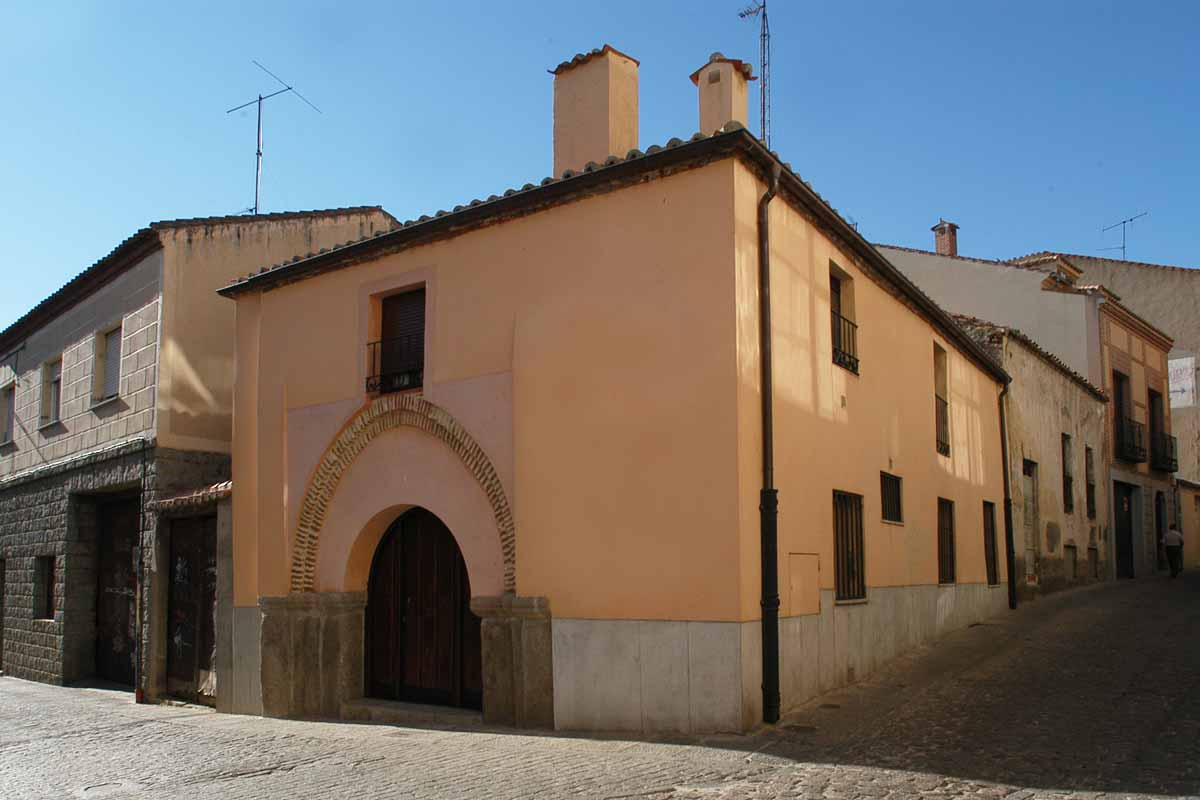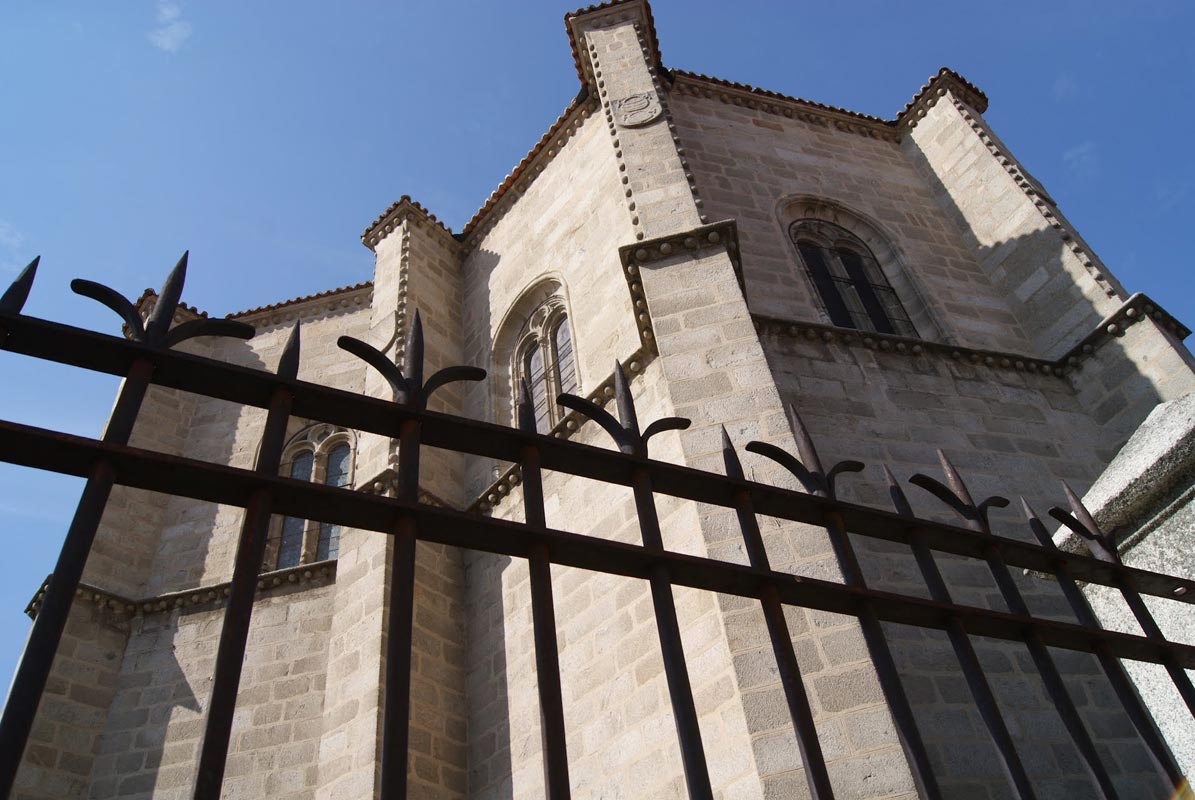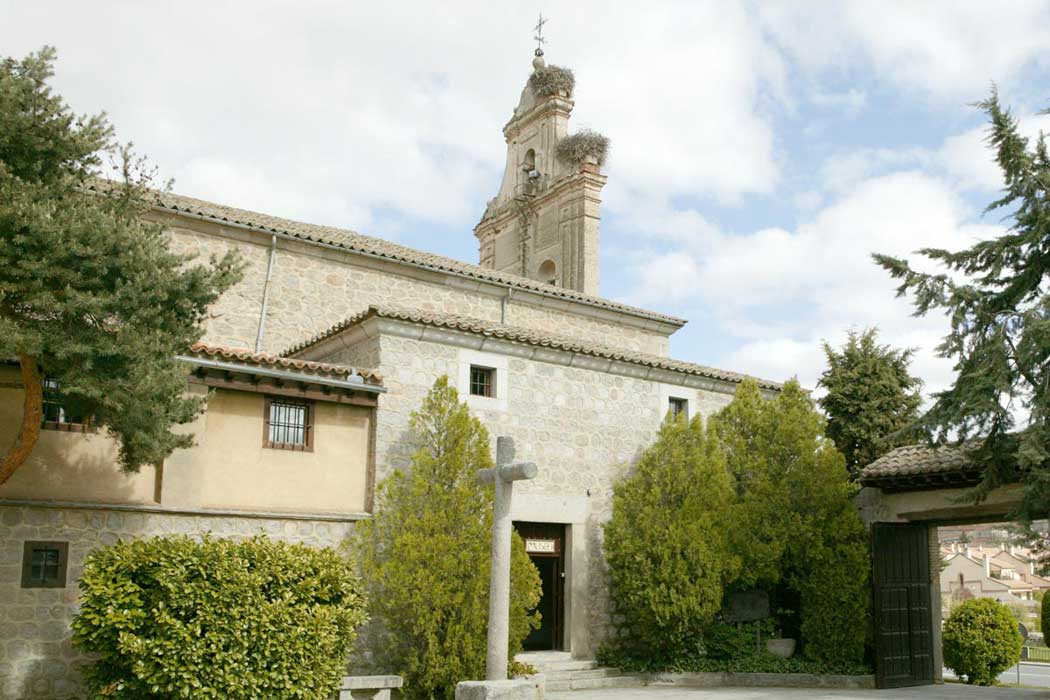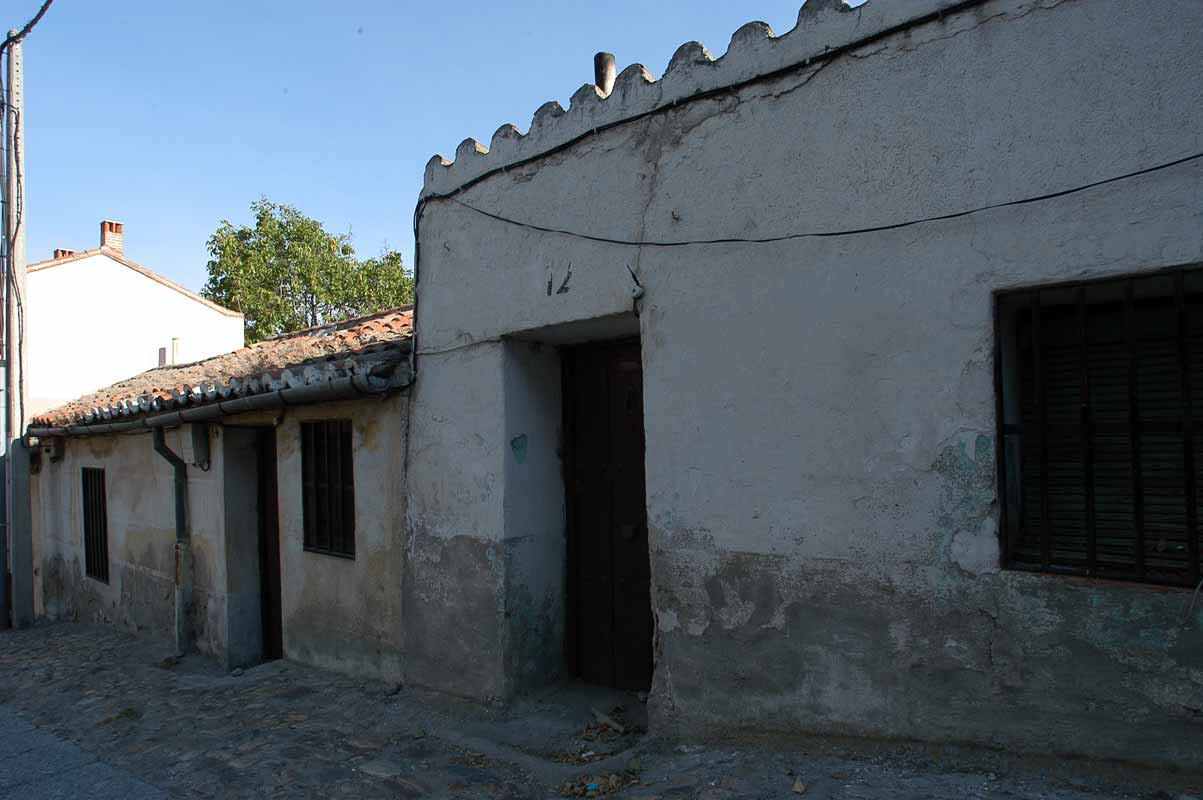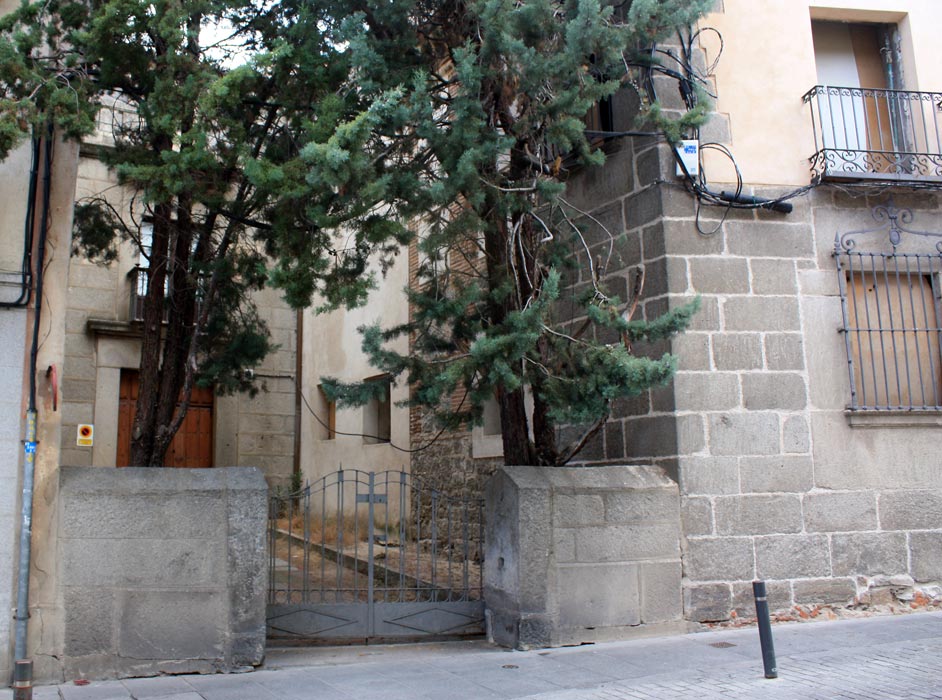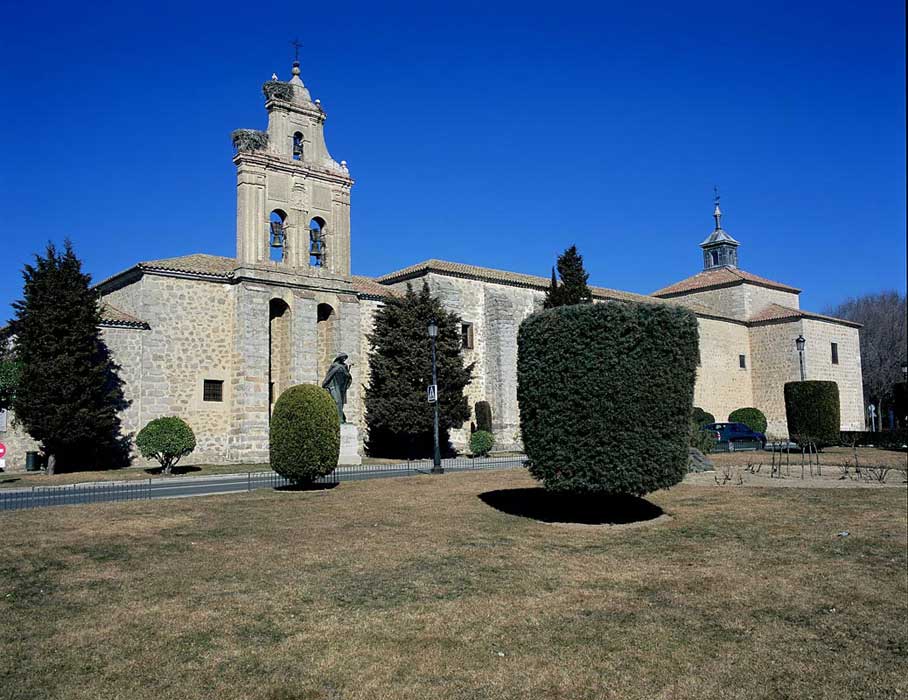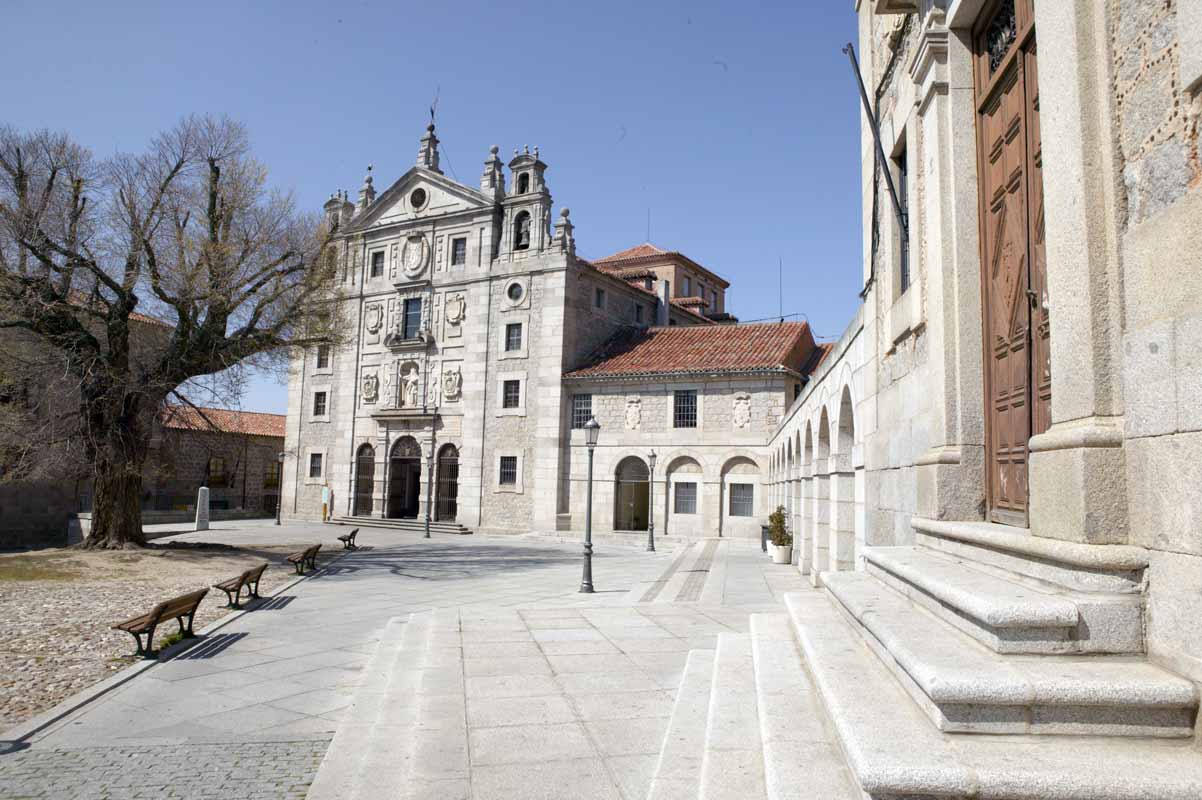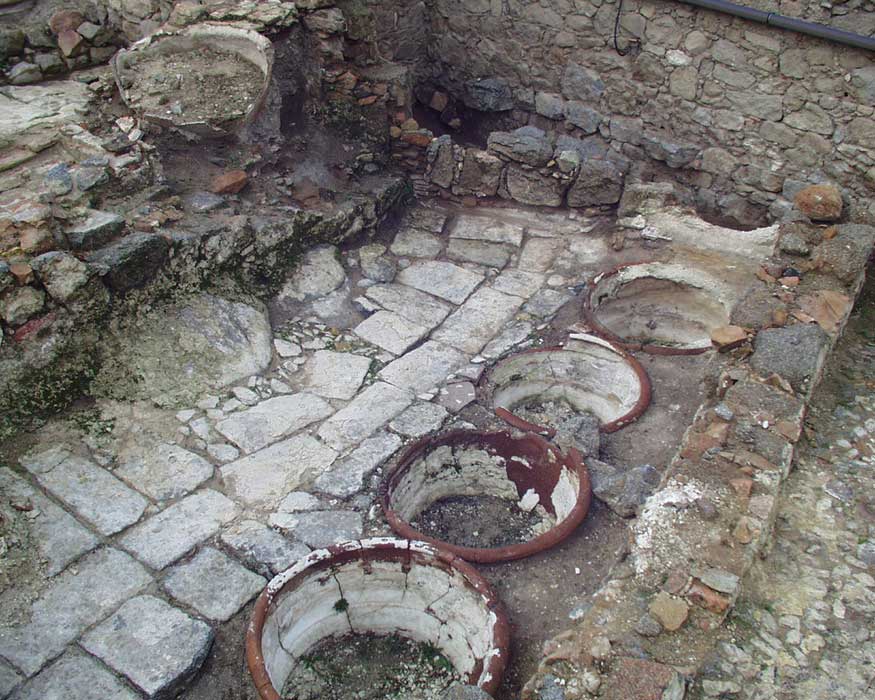Although documents have told us about the arrival of a first contingent of Jews in the late 11th century as participants in the venture to resettle the city by Count Raymond of Burgundy, after a long period as no man´s land on the border between Christians and Moslems, theories abound satting that there were Jews in Ávila well before this historic time, undoubtedly back in Roman times. This possibility is further backed up by the very legend of the foundation of Ávila as a Christian city in the 4th century in which at the same place where the first martyrial church dedicated to the saints Vincent, Sabina and Cristeta, a Jew builds, after having miraculously saved after a deadly snake bite which surprised him whilst laughing about the martyrdom of the brothers at the hands of Roman soldiers. This is recounted in every gory detail on the expressive vignettes surrounding the magnificent tomb of the martyrs at the Basilica of San Vicente, one of the great gems of the Castilian Romanesque.
The brothers Vincent, Sabina and Cristeta were captured and martyrized in Ávila in 306. In the times of Diocletian, the governor of Hispania, they had refused to sign a document acknowledging they had offered sacrifices to the Roman gods. A Jew was collaboration in the martyrdom when a snake curled round his neck. He promised God that if he got free, he would convert to Christianity and provide the martyr brothers with a tomb; at this same place the first church would be erected where, according to tradition, he was buried.

